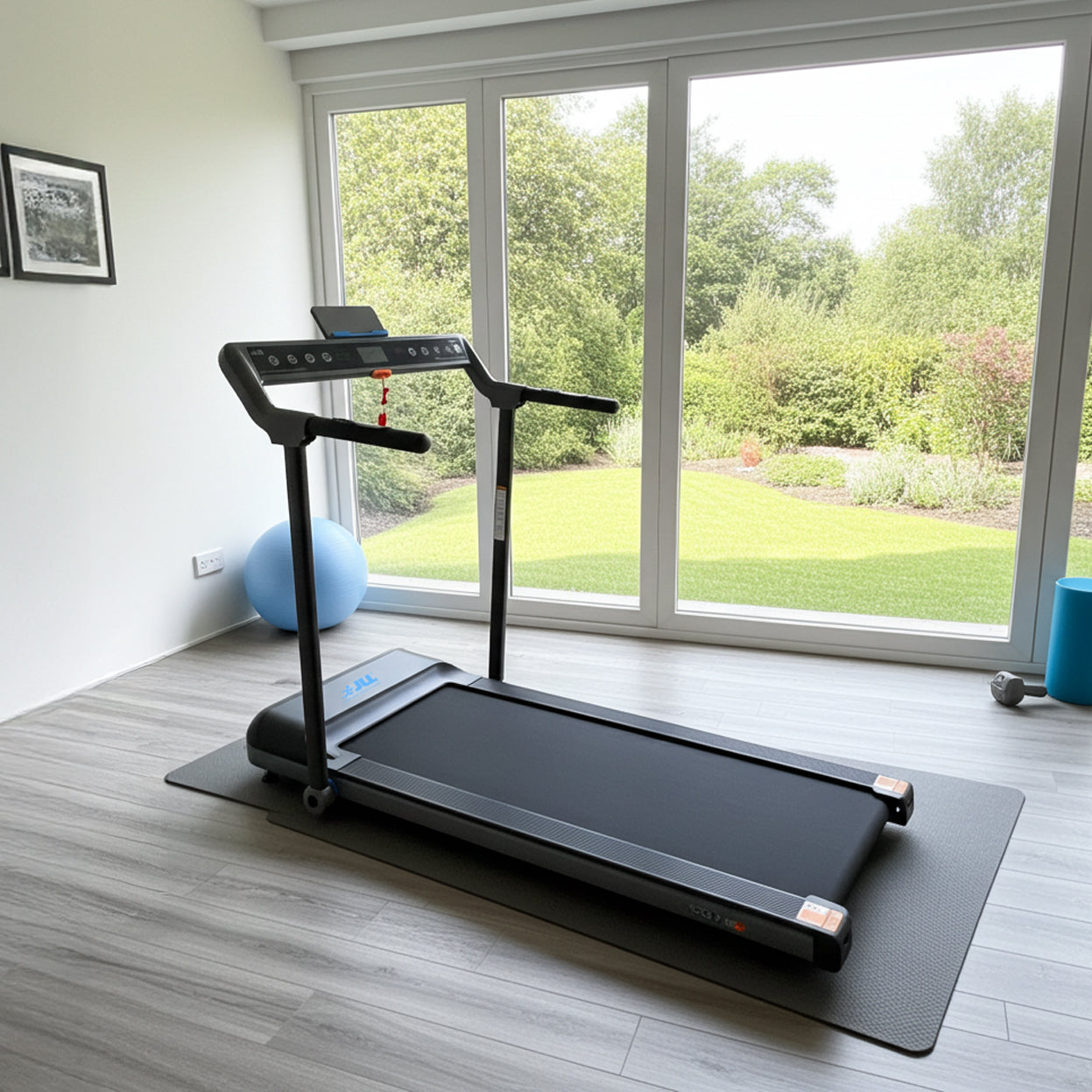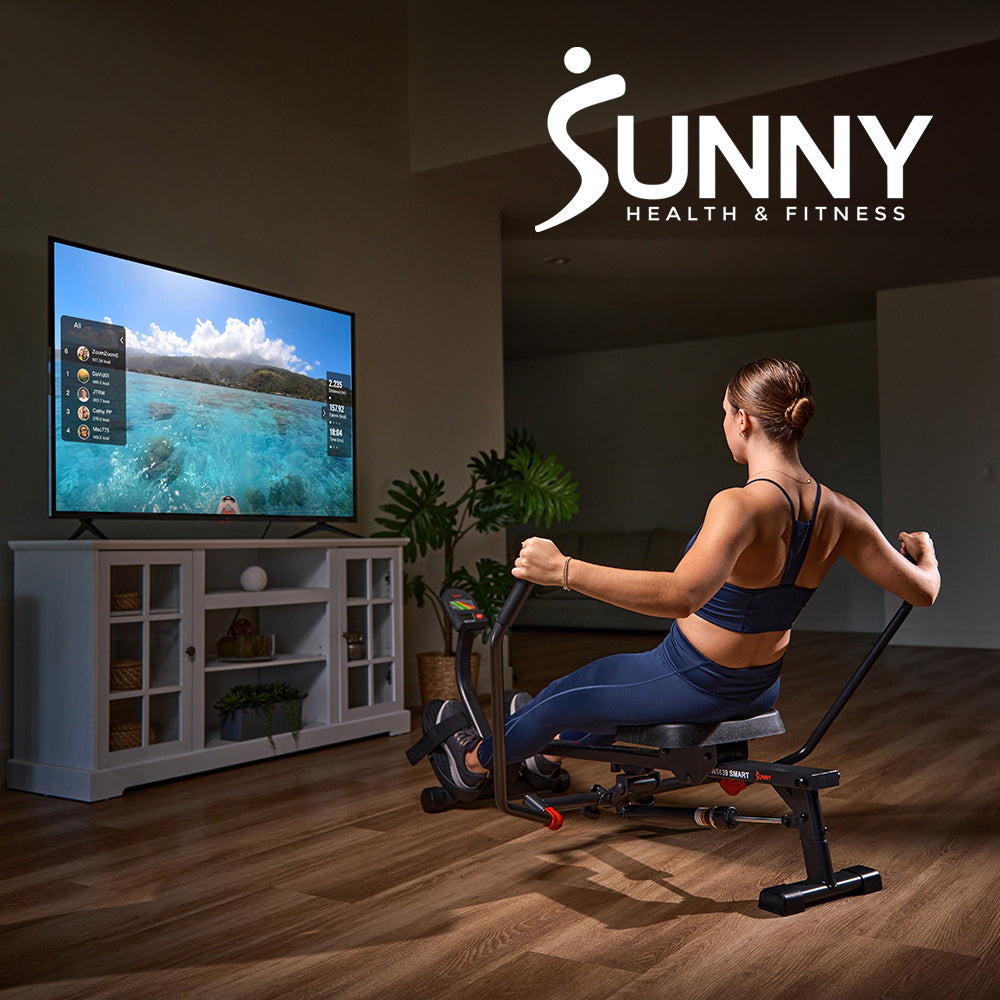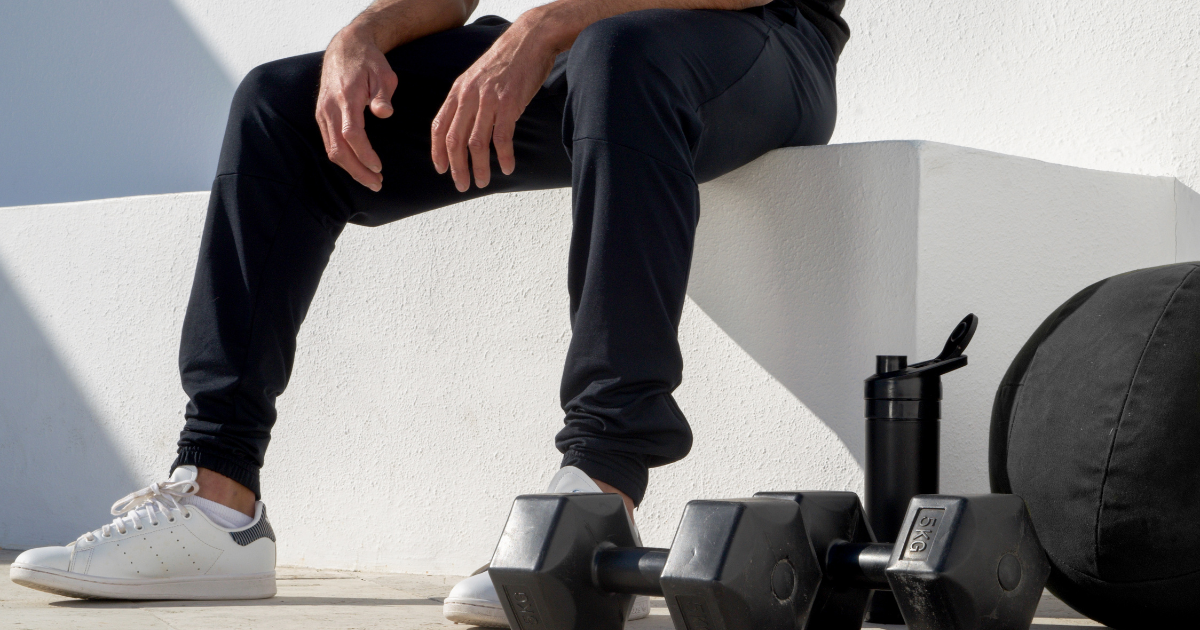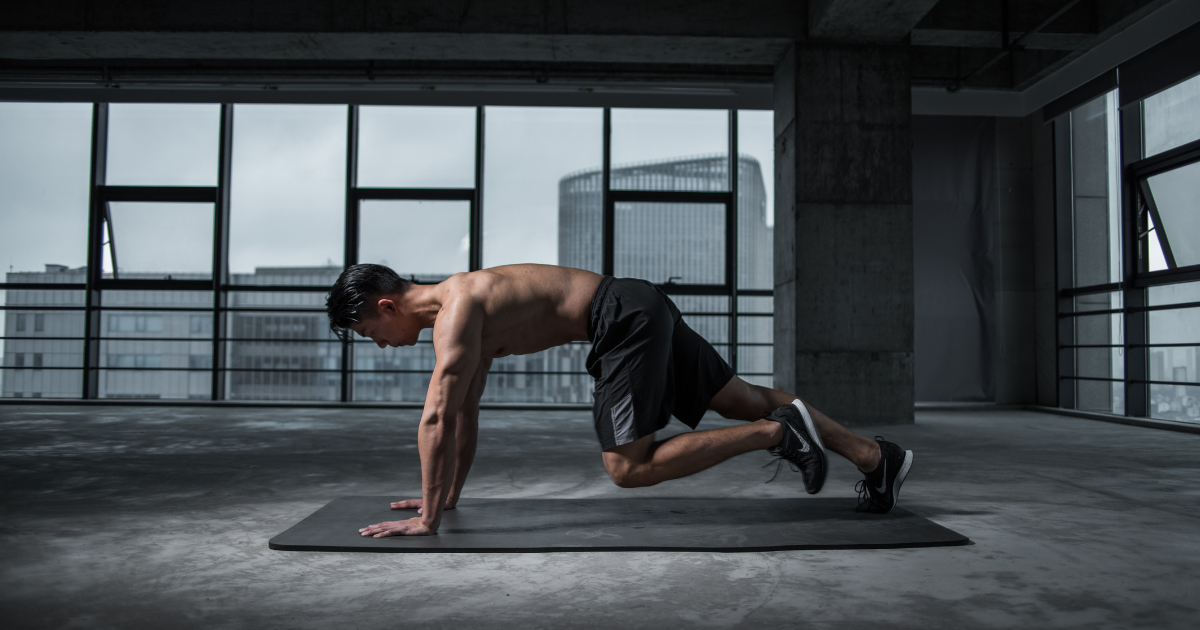Indoor cycle pedals come in a few different types, each designed to suit different user preferences, footwear, and riding styles. Here are the main types of pedals for indoor cycles:
1. Toe Cage (Caged or Basket) Pedals
Description: These have a flat pedal base with an adjustable cage or strap over the front of the foot.
- Footwear: Regular trainers or gym shoes.
- Best for: Beginners or casual riders who want easy foot access without special shoes.
- Pros: Easy to use, no special footwear required.
- Cons: Less secure than clip-in systems for high-intensity rides.
2. SPD Clip-in Pedals (Shimano Pedalling Dynamics)
Description: Designed for SPD-compatible cycling shoes that clip into the pedal.
- Footwear: SPD cycling shoes with recessed cleats.
- Best for: Regular indoor cyclists or those focused on performance.
- Pros: More efficient power transfer, secure connection.
- Cons: Requires SPD shoes; can be tricky for beginners.
3. SPD-SL Clip-in Pedals
Description: A road-style version of the SPD system with larger cleats.
- Footwear: SPD-SL road cycling shoes.
- Best for: Advanced users and road cyclists training indoors.
- Pros: Excellent power transfer and pedalling efficiency.
- Cons: Less walkable shoes; not ideal for general gym use.

4. Dual-Sided or Hybrid Pedals
Description: One side is a toe cage; the other is an SPD or SPD-SL clip-in.
- Footwear: Can be used with regular trainers or cycling shoes.
- Best for: Shared bikes or users transitioning from casual to serious cycling.
- Pros: Versatile, suitable for multiple riders.
- Cons: Slightly heavier; may not specialise in one style as well.
5. Look Delta Pedals
Description: Another road-style clip-in system with three-bolt cleats.
- Footwear: Look-compatible Road cycling shoes.
- Best for: Riders used to road cycling systems, including Peloton users.
- Pros: Stable and secure, common in some premium indoor bikes.
- Cons: Less walkable cleats; compatibility limitations.
Conclusion:
The best pedal type depends on your fitness goals, footwear, and cycling experience. For casual use, toe cages or dual-sided pedals are ideal. For more serious or performance-focused riders, SPD or SPD-SL systems offer greater control and efficiency.










Leave a comment
All comments are moderated before being published.
This site is protected by hCaptcha and the hCaptcha Privacy Policy and Terms of Service apply.